“Azzedine Alaia is the greatest couturier who never was.”
Suzie Menkes
In 1981 a group of people gathered at rue Bellechasse to see the first Alaia collection ever shown to the public. There were no invitations or any form of advertising, but the news travelled fast and everyone who loved fashion wanted to see the clothes that soon appeared on pages of fashion magazines.
That very same year Alaia invented the “body” that literally changed the way women moved as the stretchy fabric shadowed their curves wrapping around, following the motion and setting them free. He also reintroduced the “balcony” bra that was inspired by corsetry that highlighted and accentuated the bust.
By the early 1980s Alaia’s designs were appearing in Vogue and Elle, sold in several boutiques including Beverly Hills, Barneys NY, Chicago, Los Angeles and Tokyo, Neiman Marcus in San Francisco, Les Createurs in Geneva and Joseph in London and shown in the Museum of Contemporary Art in Bordeaux and Palladium in New York in 1984.
In October 1985 the French Ministry of Culture presented Azzedine Alaia with the Designer of the Year and Best Collection of the Year awards, as a sign of appreciation of his unique talent and skills.
The same year Alaia and his small team move to an old nineteen century warehouse in the heart of the Marais, at 7, rue de Moussy. The vast construction becomes his headquarters, atelier, boutique and show space where Azzedine Alaia spends his time working without distractions, surrounded by a few assistants, friends and his beloved animals. Every garment Alaia produces bears his touch. Unlike many other designers, he does not just create the silhouette (he never sketches or makes notes), but cuts the patterns, does the leather work, the embroidery, the draping and pleating and even repairs and redesigns of his earlier creations. When he can no longer fight with the circadian rhythm, Azzedine falls asleep on his work table, curled up in a piece of fabric or moves to his Spartan bad where he is lovingly greeted by cats and dogs.
The house also becomes home for many supermodels who adore and practically worship Azzedine, not only as a designer, but one of the kindest and caring human beings.
Whenever they are offered to do a show, Linda, Christy, Naomi, Stephanie, Veronica leave their busy schedules behind and fly to Paris to walk for Alaia without any fee attached to it. “Because it’s Azzedine…” murmured Linda in one of her interviews.
In 1995 Stephanie Seymour chooses the glass roof studio space for her wedding ceremony instead of Ritz and wears Alaia’s dress that takes 1600 hours to make.
A few years later, in 2009, when Alaia is left out of the show hosted by the Metropolitan museum of Art, he calls Naomi, Stephanie and a few other top models invited to the event and asks them not to go. Neither of them shows up at the exhibition opening later that day.
***
And then, in the mid 1990s Azzedine Alaia suddenly disappears from the public eye. The world becomes a darker place for him. In 1992 he had to deal with the death of Arletty, his confidante and dearest friend and then – loss of his sister who dies of cancer. He retreats to his studio avoiding people and wondering if he is good enough to continue working in fashion. As a result, everything slows down. Including the money.
And then it was women who helped him again. This time it was Carla Sozziani, the former editor-in-chief of Italian Vogue and editor-at-large of American Vogue, gallerist and founder of 10 Corso Como, who took care of business and introduced Alaia to the Prada group that became an investor. It was a unique agreement – while Prada bought out the brand, Alaia kept the rights to his name allowing him remain independent.
2006 Alaia brought the brand out and sold it to the Swiss luxury group Richemont in 2007 to maintain financial stability. While the group assumed 100 per cent control, Alaia was given a free pass to pursue his dreams and design the way he felt right – not to suit the ever changing fashion world or meet a certain number of annual sales. Following the designer’s request, Richemont also created a foundation to preserve his enormous and incredibly valuable archive containing his own creations along side vintage Vionnet, Balenciaga, Paul Poiret, Schiaparelli, Comme des Garçons, Margiela, Junya Watanabe and some young designers.
In 2008 he is awarded with the prestigious Legion D'Honneur, which he refuses. “I don't like decorations - except on women. I am always in doubt; I am never sure of myself. Even when you tell me I'm an influential designer - I don't see myself like that. So I don't like decorations.” he explains in an interview in 2011.
In 2011 following the incident involving Galliano, Christian Dior approaches Azzedine Alaia with a job offer – he declines while taking an opportunity to support Galliano.
Just a few days before the award announcement, on 7 July 2011, first time in eight years, Azzedine Alaia presents an impeccable show. It lasts 15 minutes and receives a standing ovation.
In 2012 he announces that he will be opening a store in Rue de Marignan, off Avenue Montaigne, in March 2013.
In January 2013 Alaia signs fragrance and cosmetics license with Beauté Prestige International - the luxury perfume company that “corresponds perfectly to the spirit of the Alaïa house”.
Throughout his entire life Azzedine Alaia remains a mystery, a man full of secrets, and as long as he continues to surprise the world with his creations, we certainly have many treats to look forward to.


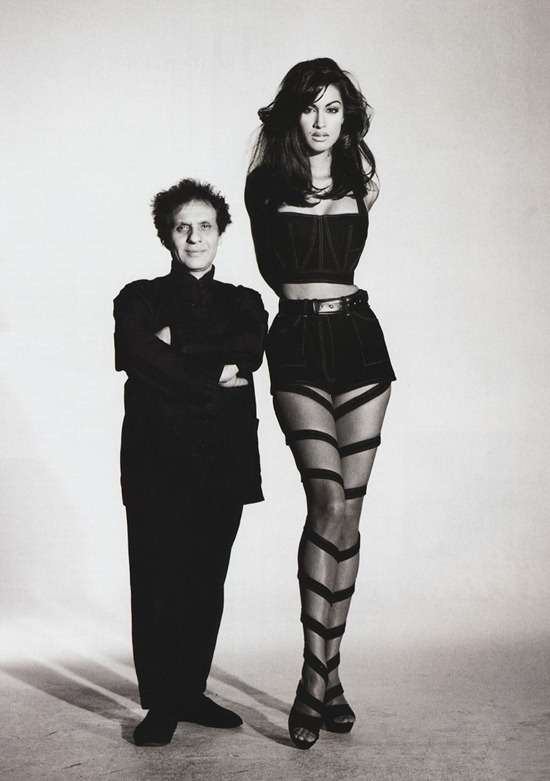
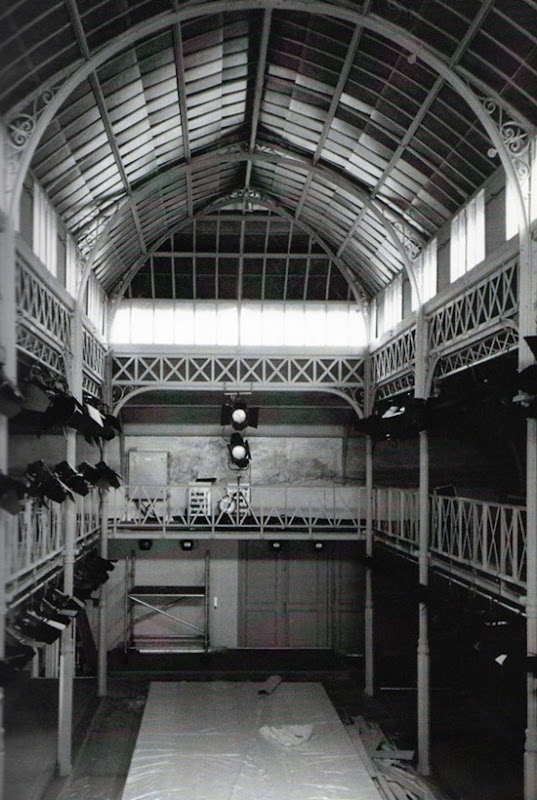

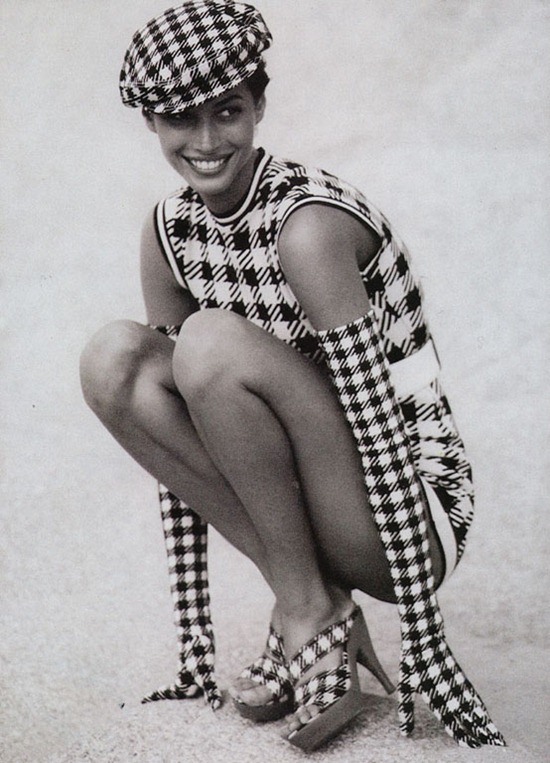


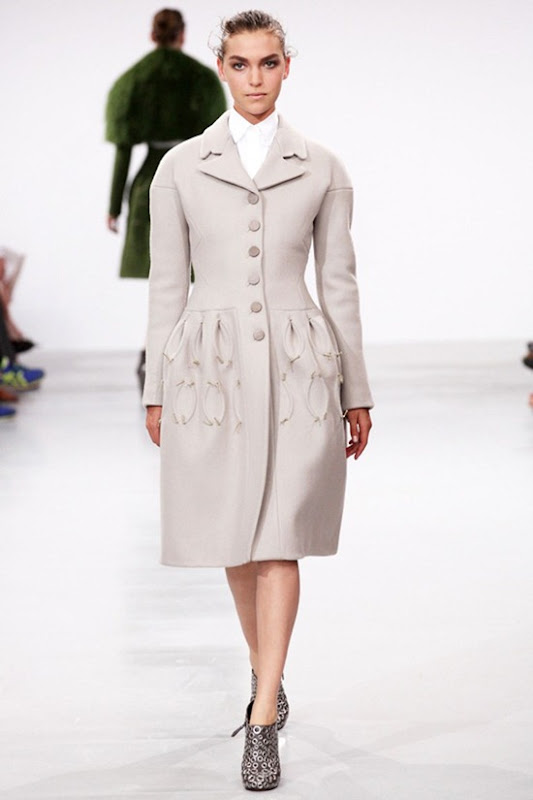

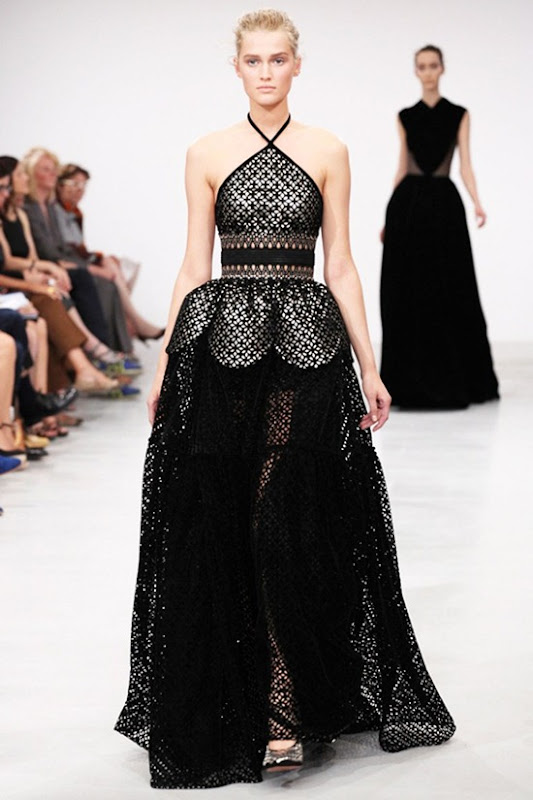

 Lorem ipsum dolor sit amet, consectetur adipiscing elit. Etiam id libero non erat fermentum varius eget at elit. Suspendisse vel mattis diam. Ut sed dui in lectus hendrerit interdum nec ac neque. Praesent a metus eget augue lacinia accumsan ullamcorper sit amet tellus.
Lorem ipsum dolor sit amet, consectetur adipiscing elit. Etiam id libero non erat fermentum varius eget at elit. Suspendisse vel mattis diam. Ut sed dui in lectus hendrerit interdum nec ac neque. Praesent a metus eget augue lacinia accumsan ullamcorper sit amet tellus.










0 comments:
Post a Comment